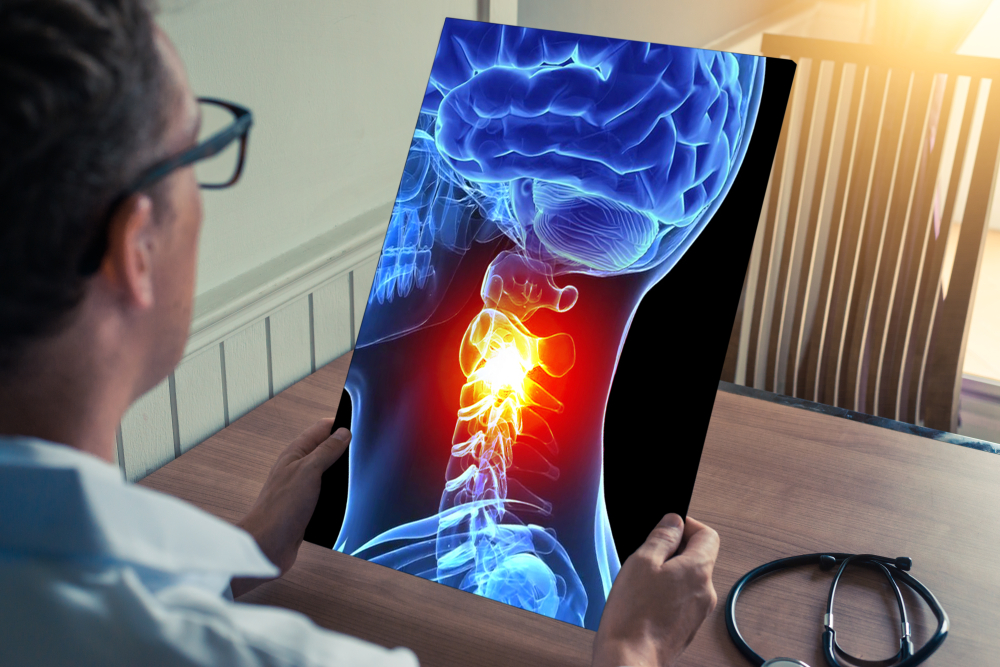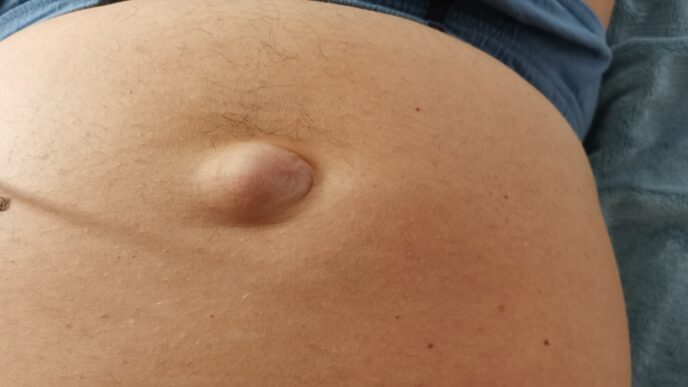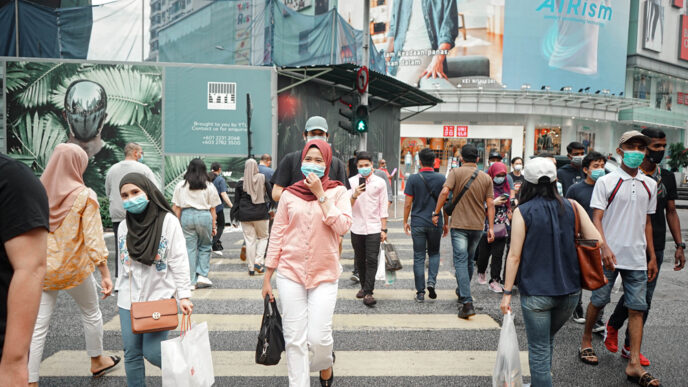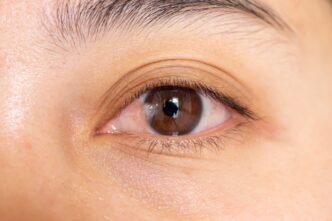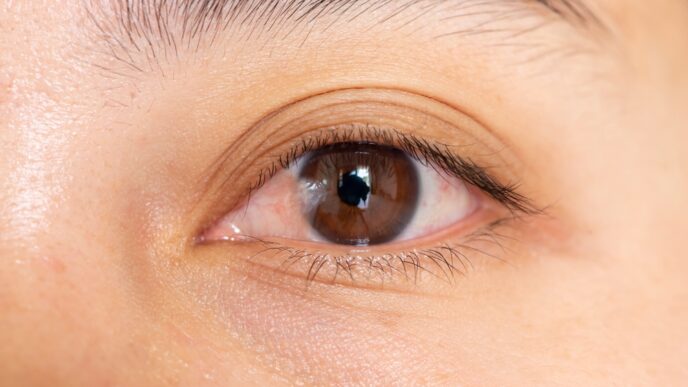Head and neck cancers don’t just threaten survival. They can steal a person’s ability to speak, eat, or even smile with confidence. However, thanks to advances in surgery, radiotherapy, and holistic care, patients today are finding new ways to heal, communicate, and rediscover their sense of self.
WORDS LIM TECK CHOON
 FEATURED EXPERT FEATURED EXPERTDR BEN YAP BENG KHIONG Consultant Clinical Oncologist OncoCare Cancer Centre Malaysia |
Head and neck cancers may not make the headlines as often as breast or lung cancer, but for those diagnosed, the effects run deep.
These cancers can rob people of their ability to talk, eat, or even look like themselves — striking at the heart of identity and dignity.
“Cancer care goes far beyond removing the tumour,” says Dr Ben Yap Beng Khiong. “The real goal is restoring dignity and quality of life—helping patients communicate, eat, and feel confident again.”
A CLOSER LOOK AT NECK AND THROAT CANCERS
This is a broad group of cancers that start in areas such as the mouth, throat, voice box, nose, sinuses, and salivary glands.
In Malaysia, nasopharyngeal cancer is especially common, linked to factors like Epstein-Barr virus (EBV) infection, genetics, diets high in preserved foods, smoking, and betel-quid chewing.
| Professor Dato Balwant Singh Gendeh offers more information on nasopharyngeal cancer in this article. |
Meanwhile, a growing number of human papillomavirus (HPV)-associated cancers affect the back of the throat and tonsils, even among non-smokers and younger adults.
- Persistent sore throat, ear pain, hoarseness, difficulty swallowing, or a neck lump can all be warning signs.
WHEN SURGERY IS NECESSARY
According to Dr Yap, early cancers of the tongue or oral cavity can often be treated surgically with minimal loss of function.
However, advanced cases may require removing parts of the tongue, jawbone, or surrounding structures. This can affect appearance, speech, and eating ability.
“In some cases,” he says, “we use chemotherapy, targeted therapy, or immunotherapy before surgery to shrink the tumour. This helps preserve as much function and appearance as possible.”
When cancer spreads to the lymph nodes in the neck, surgeons may need to perform a neck dissection, which is a procedure to remove the affected nodes.
RISKS AND REALITIES OF NECK SURGERY
Head and neck surgeries are delicate operations involving vital structures for speech, swallowing, and breathing.
- Removing large portions of the tongue can impair speech and eating.
- Removing the voice box (larynx) or a tube in the middle of the neck (pharynx) may require the creation of a permanent opening in the neck — a laryngectomy stoma — to allow one to breath.
Other potential complications include:
- Pain, bleeding, or infection, which can slow wound healing
- Shoulder weakness from nerve injury during neck dissection
While that sounds daunting, advances in surgical reconstruction and post-operative rehabilitation are helping many regain functionality faster than before.
LIFE AFTER SURGERY
Patients often need physiotherapy to restore movement, speech therapy to regain communication, and nutrition counselling to adapt to new eating habits.
“Patients must rest, avoid heavy lifting, and follow posture guidelines to promote healing,” Dr Yap explains. “It’s a gradual process, but small milestones — like enjoying a meal or speaking clearly again — have huge emotional value.”
WHEN SURGERY IS NOT ENOUGH
Sometimes, surgery is only one piece of the treatment puzzle.
Doctors may recommend radiotherapy, chemotherapy, or immunotherapy depending on factors like tumour size, whether cancer has spread to the margins (the rim of healthy tissue removed), and whether lymph nodes are involved.
- Intensity-modulated radiotherapy (IMRT) is a modern technique that precisely targets tumours while sparing healthy tissue, therefore reducing side effects like dry mouth or hearing loss.
- For advanced cases, newer systemic therapies, including targeted drugs and immunotherapy, have improved survival rates and quality of life.
“These advances give patients not just longer lives but better lives,” says Dr Yap. “The ability to speak, eat, and live comfortably is crucial to recovery and dignity.”
THE ROLE OF HPV VACCINATION
The HPV vaccine doesn’t just prevent cervical cancer.
It also lowers the risk of throat and mouth cancers caused by HPV strains 16, 18, 31, 33, 45, 52 and 58.
Dr Yap recommends vaccination for both males and females, ideally from age 9 up to 45, before they are exposed to these viruses.
| This article is part of our series on cancer and cancer care. |


